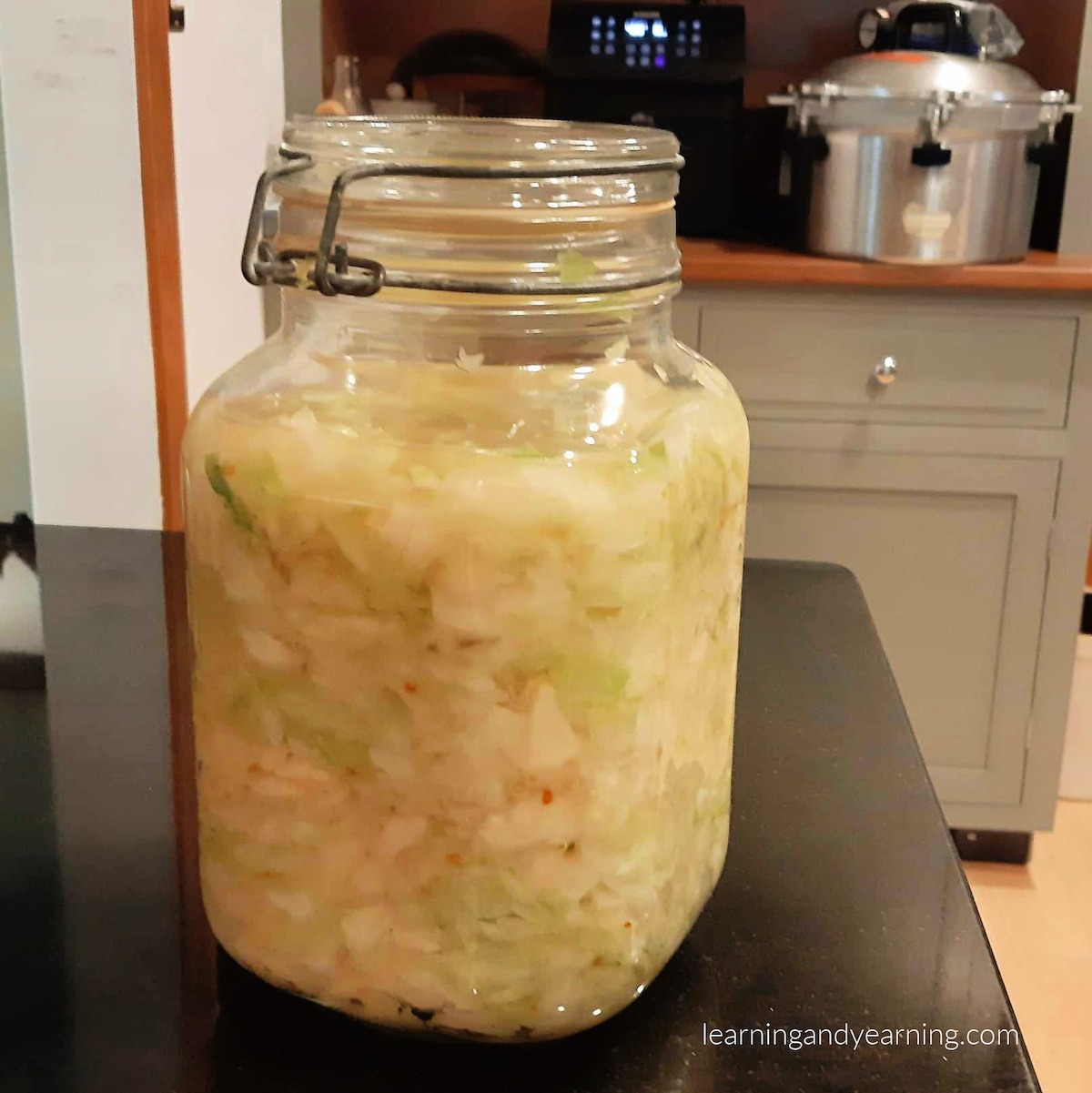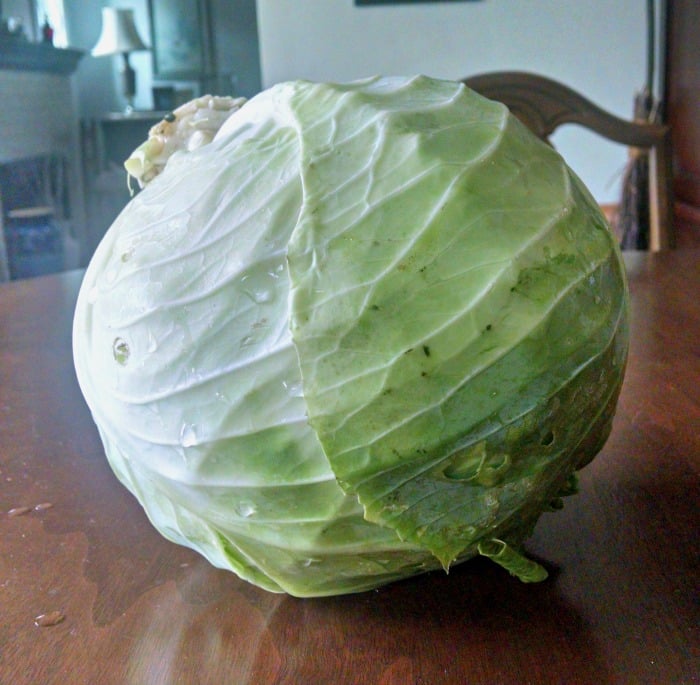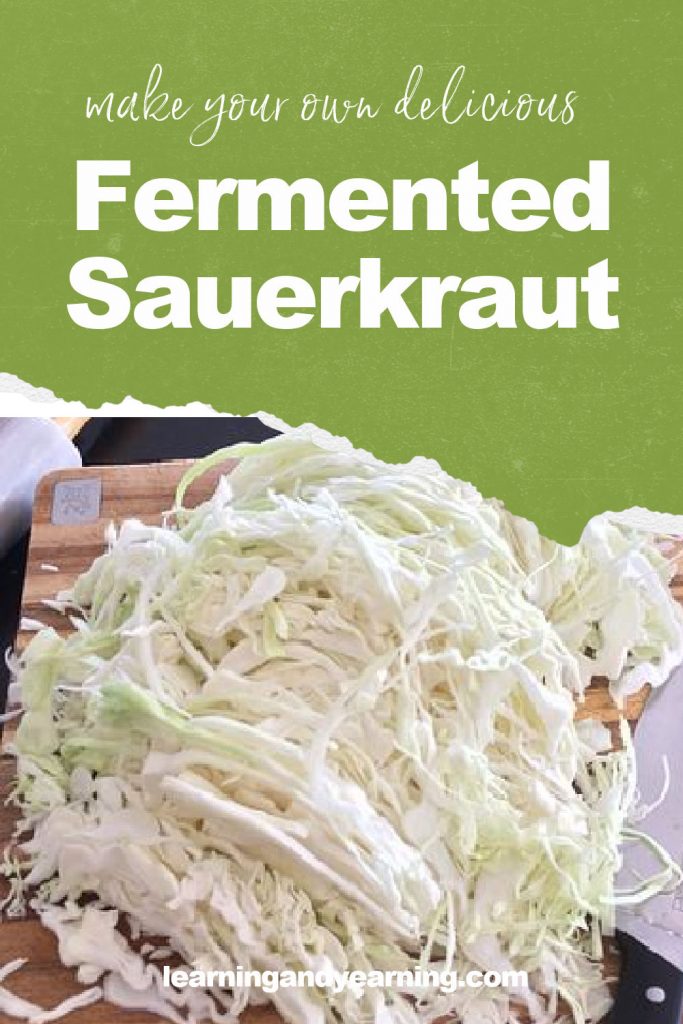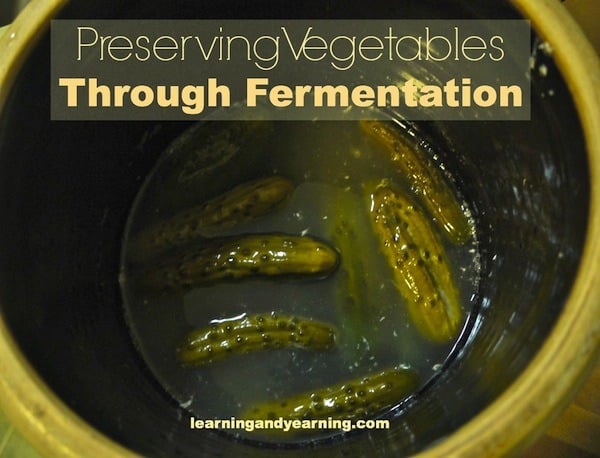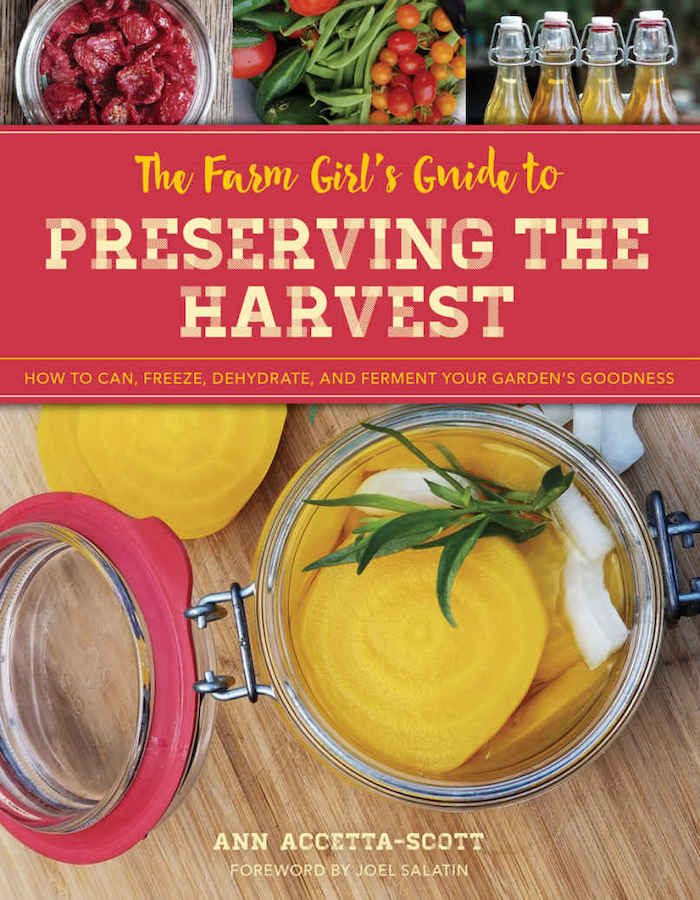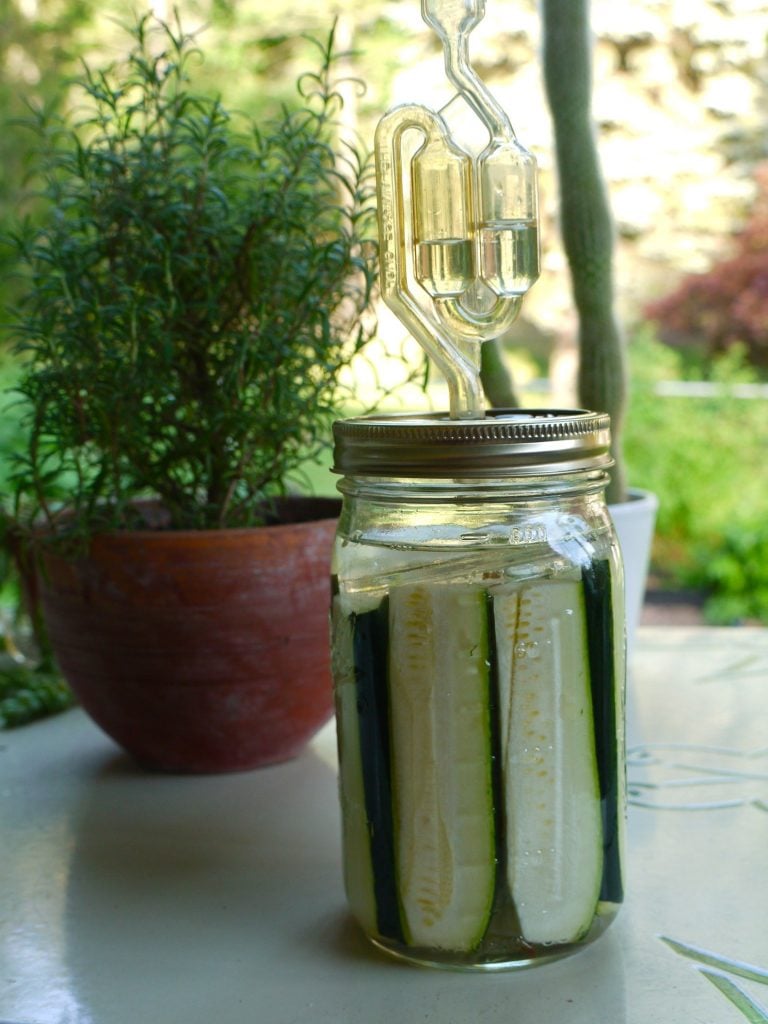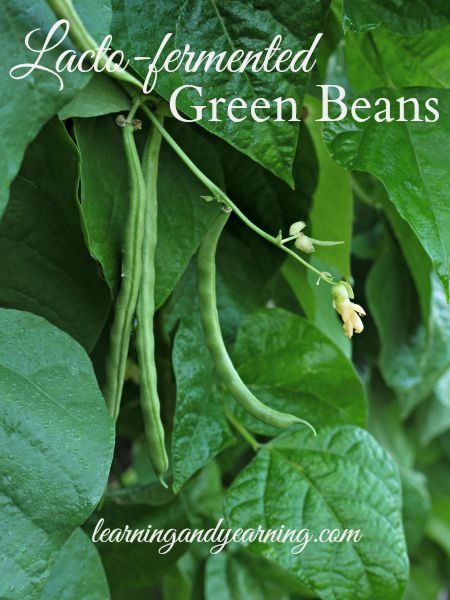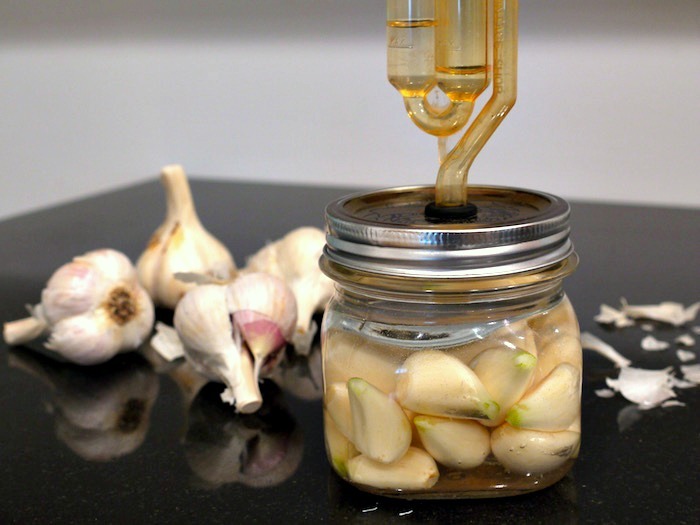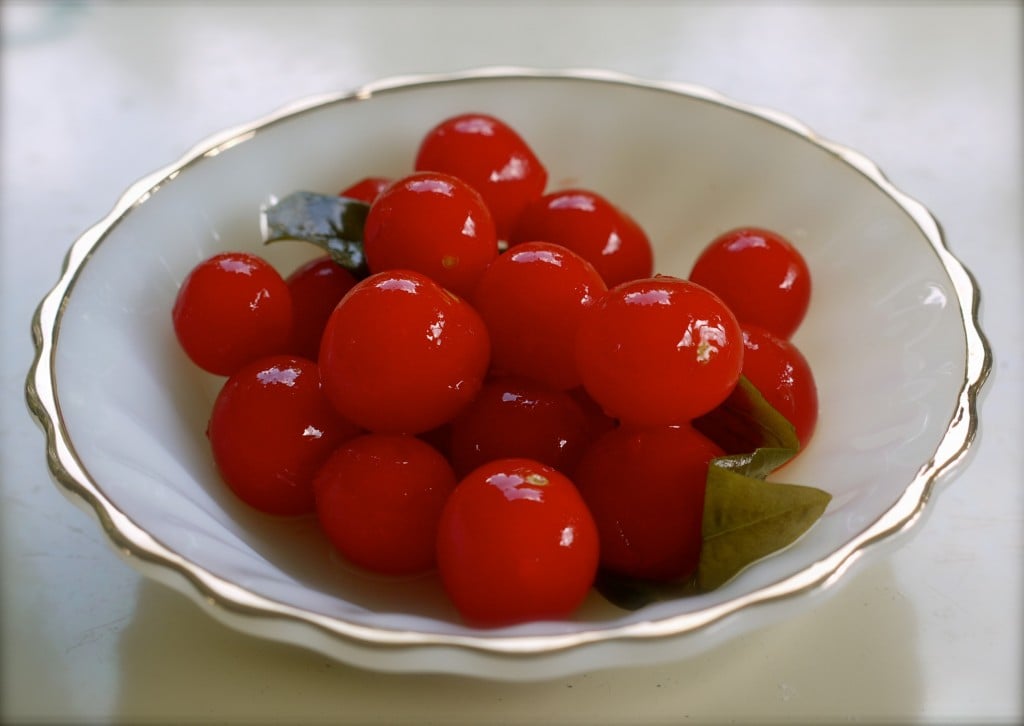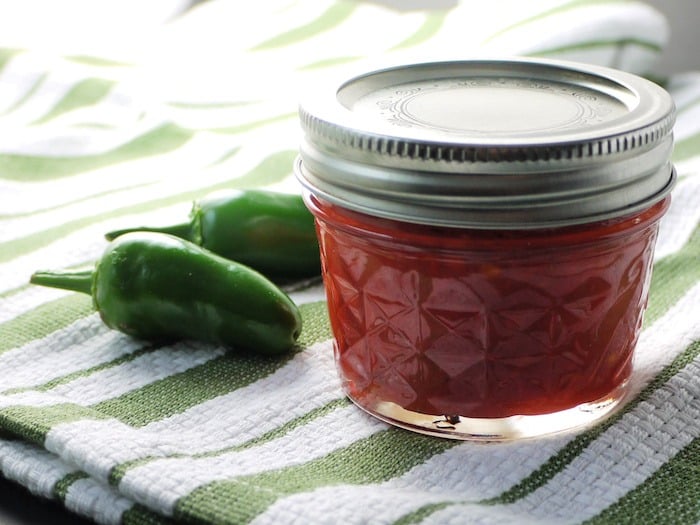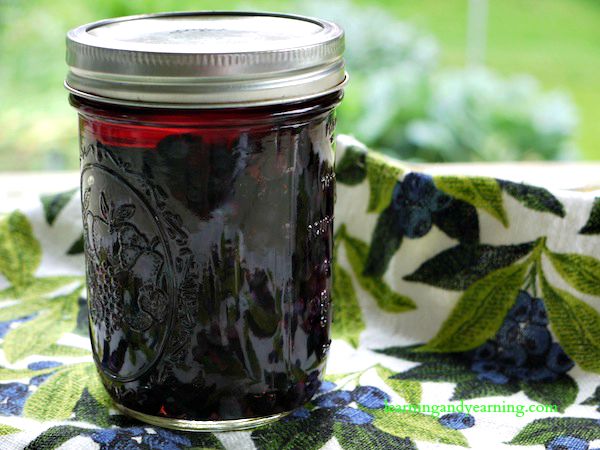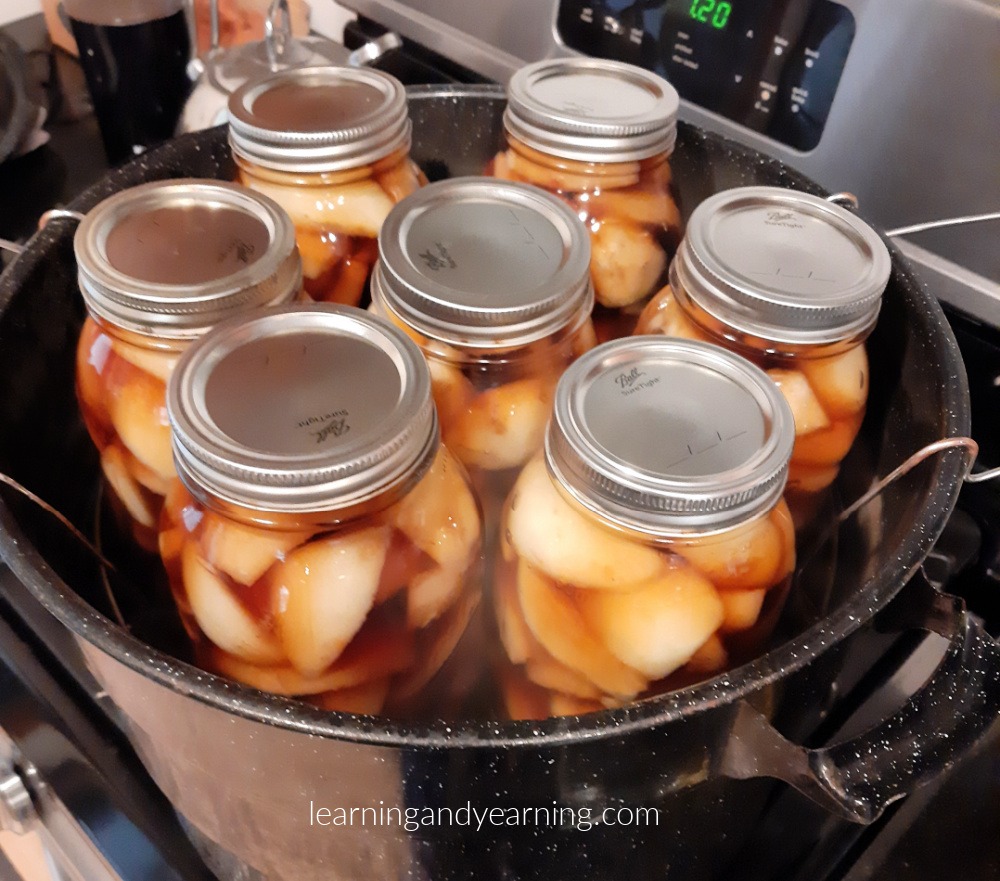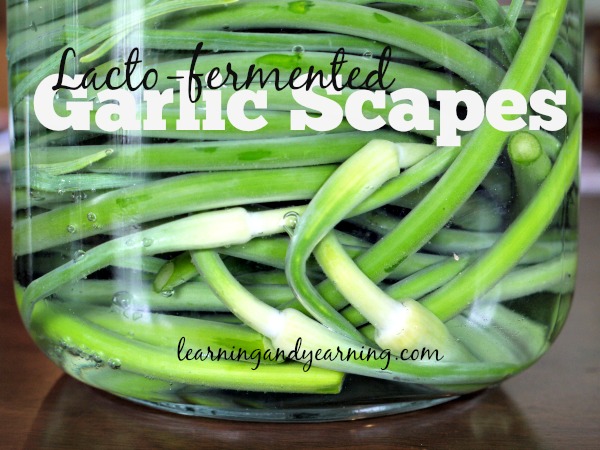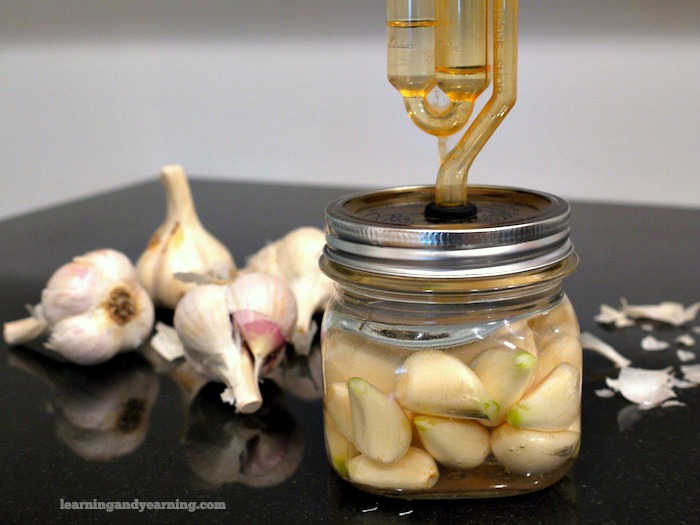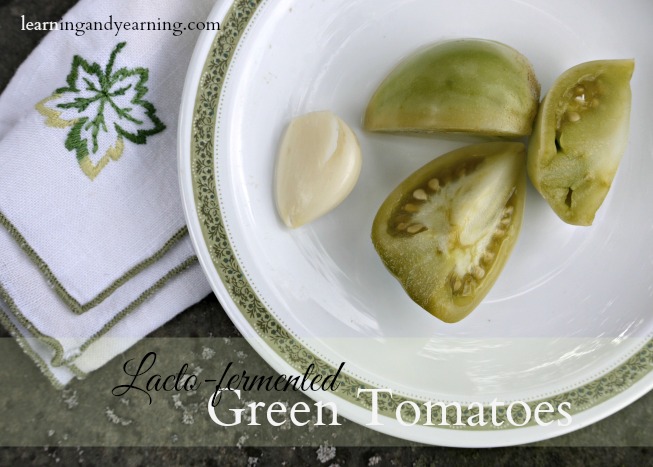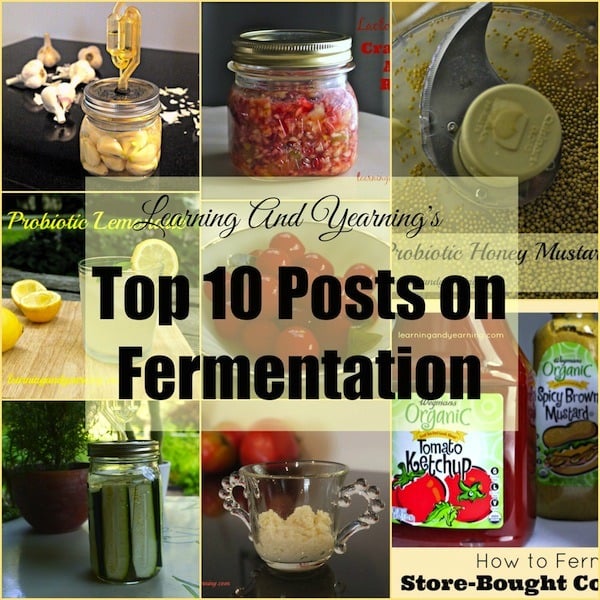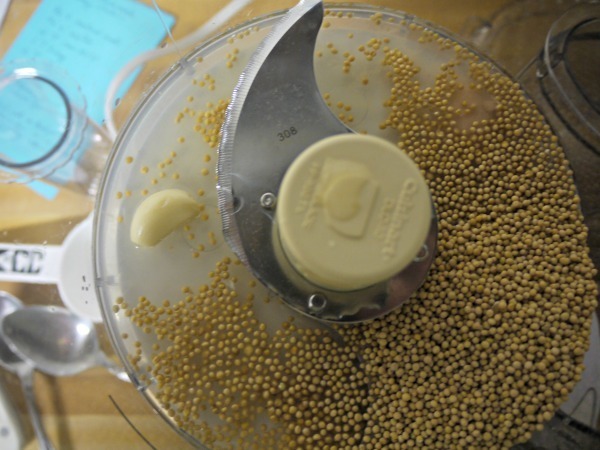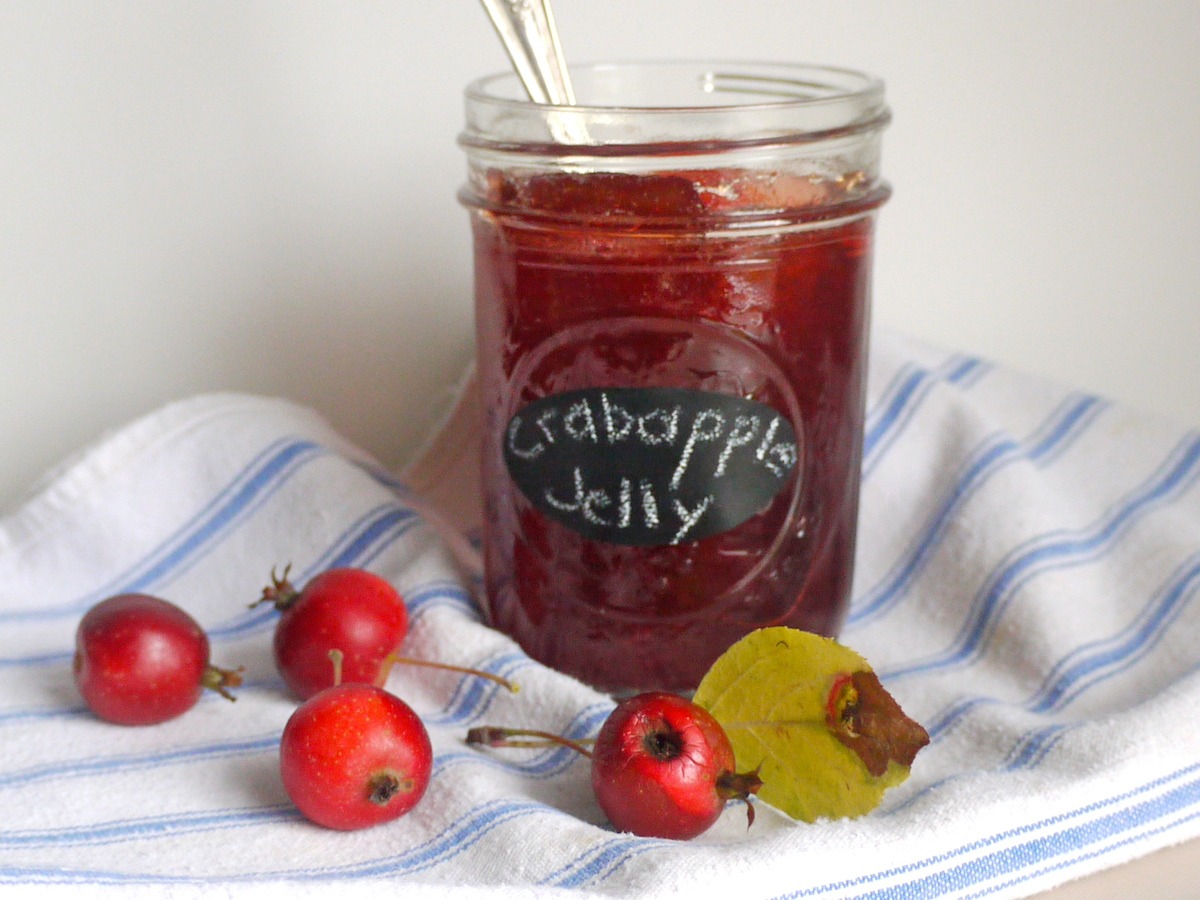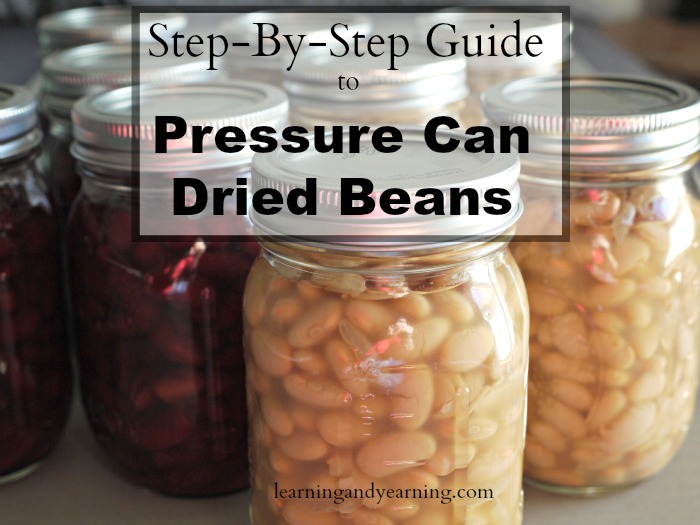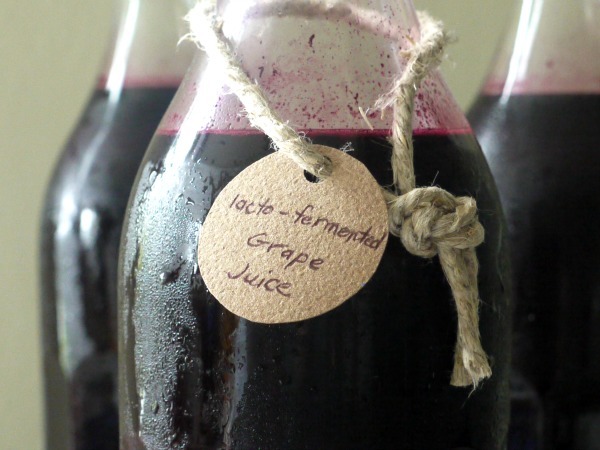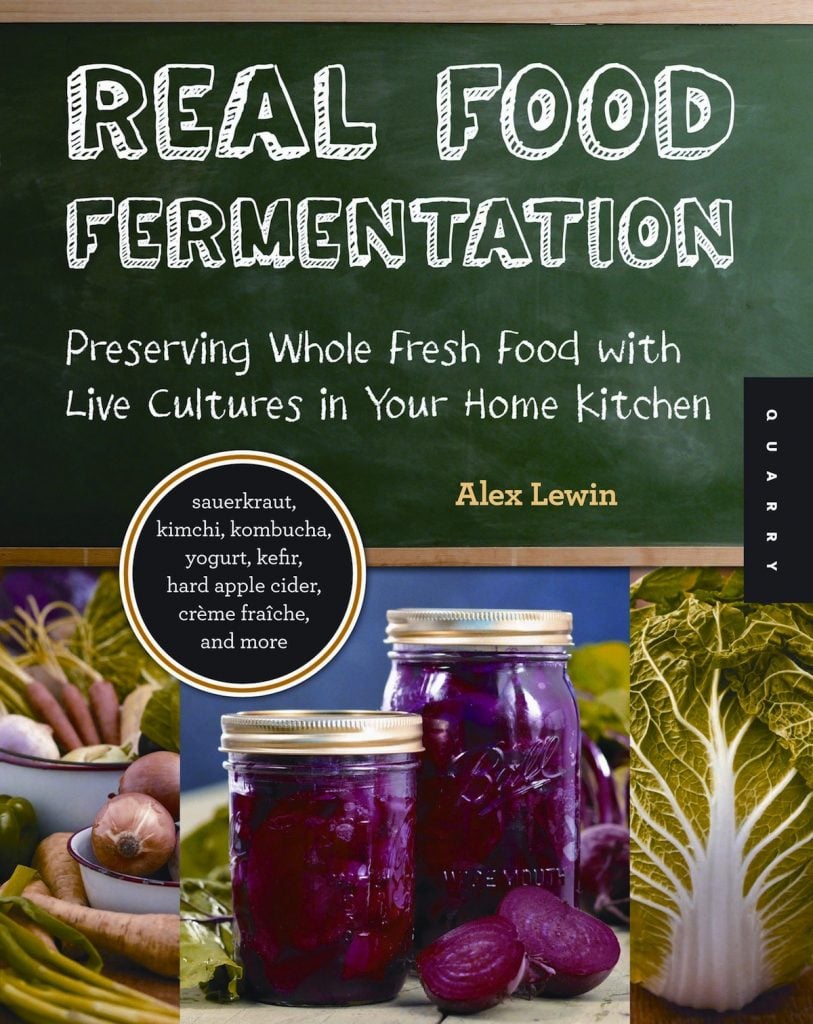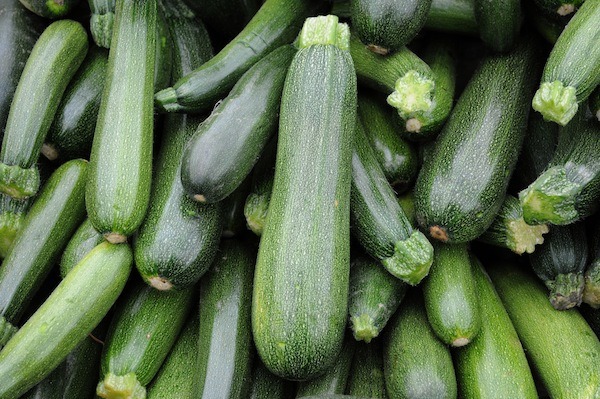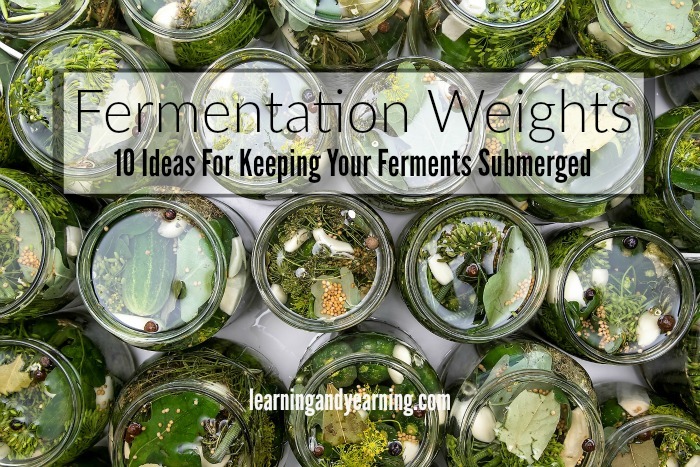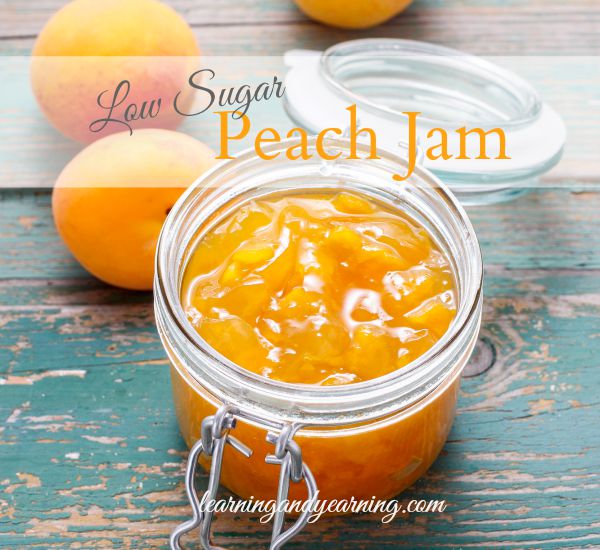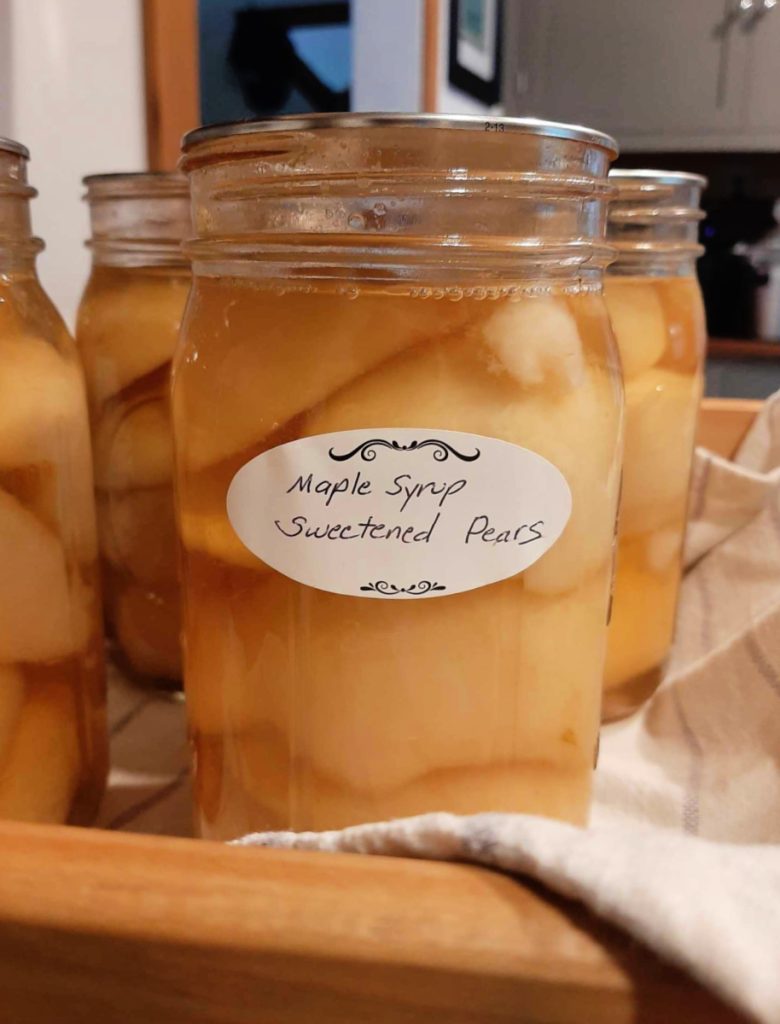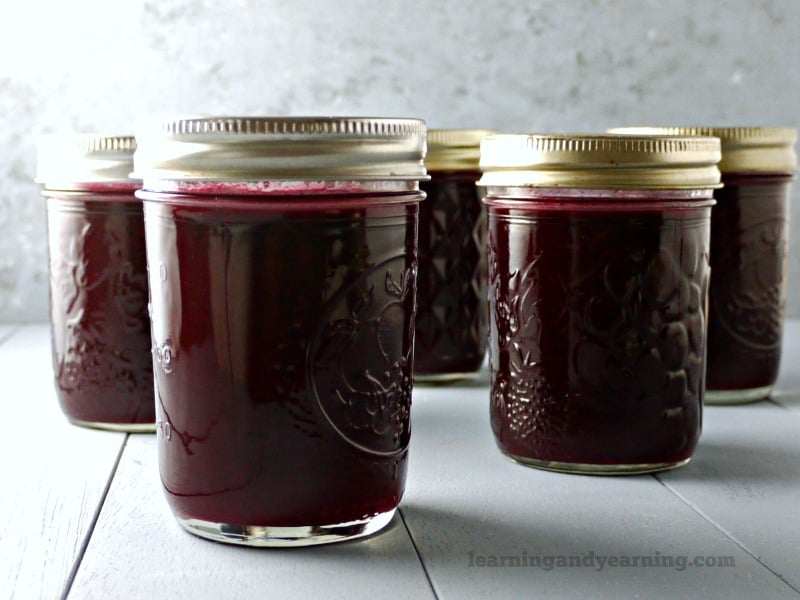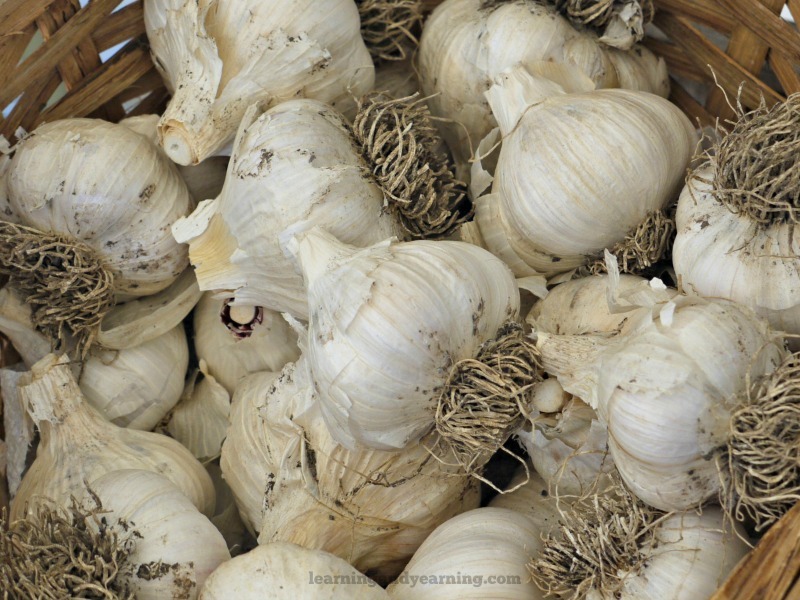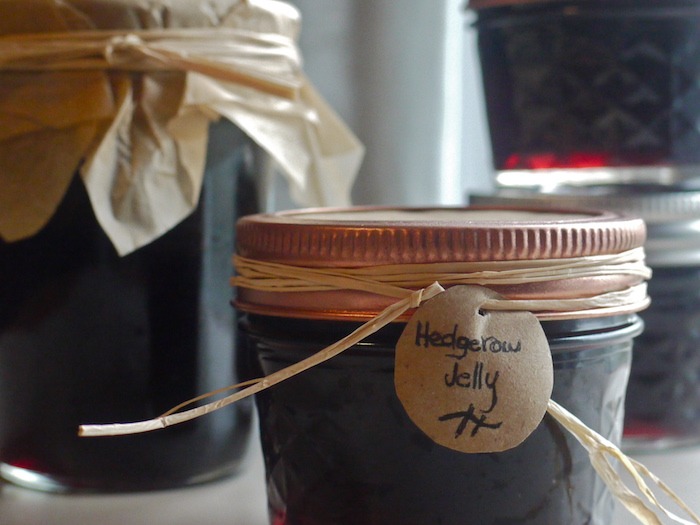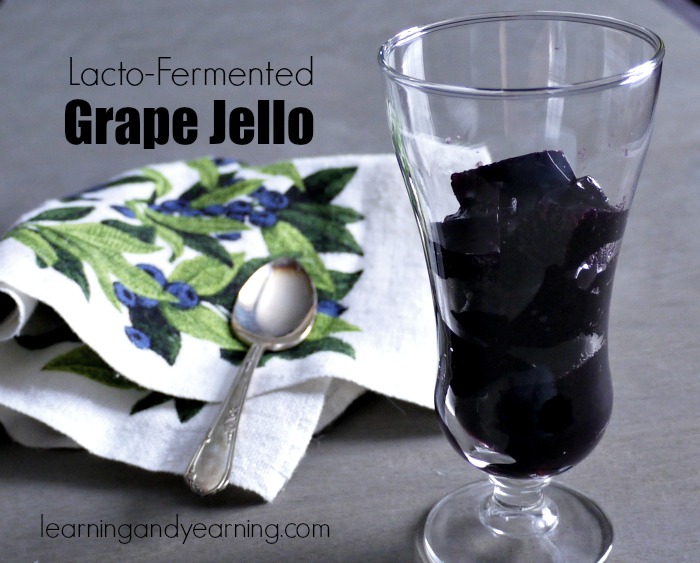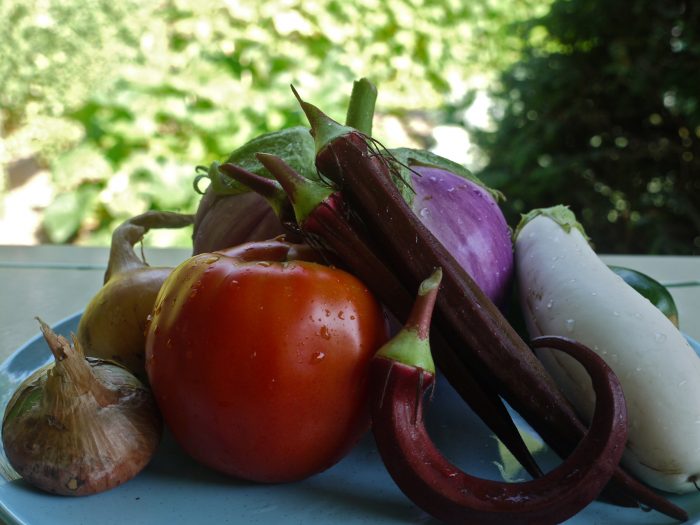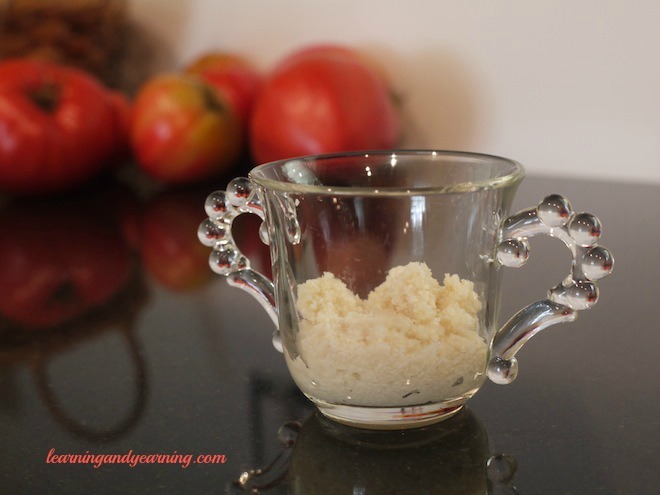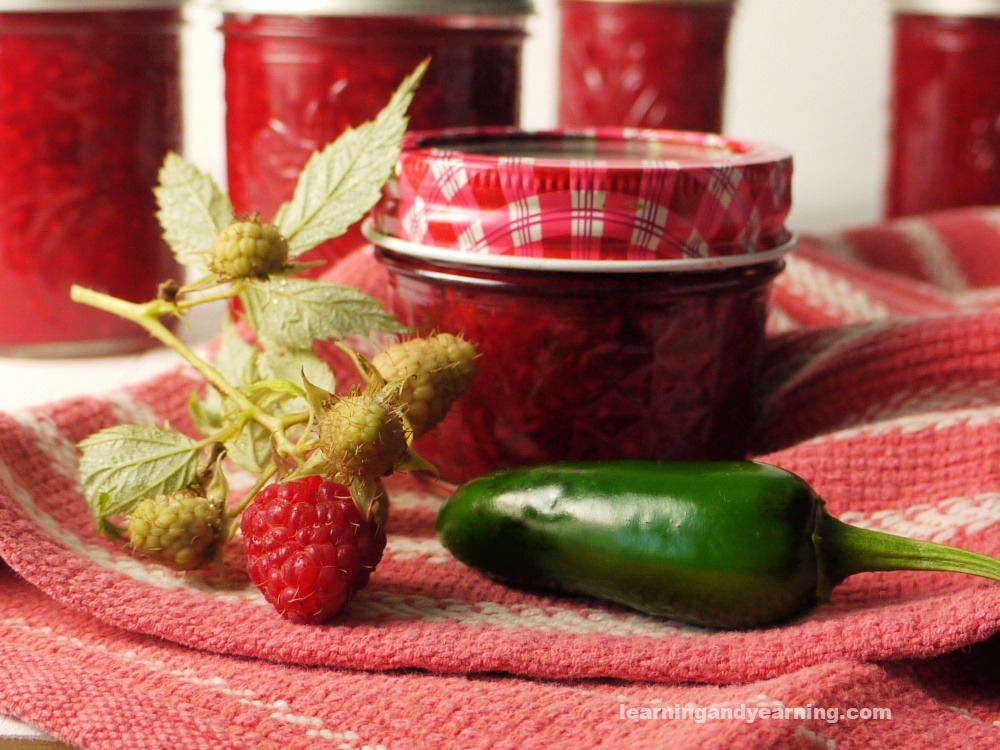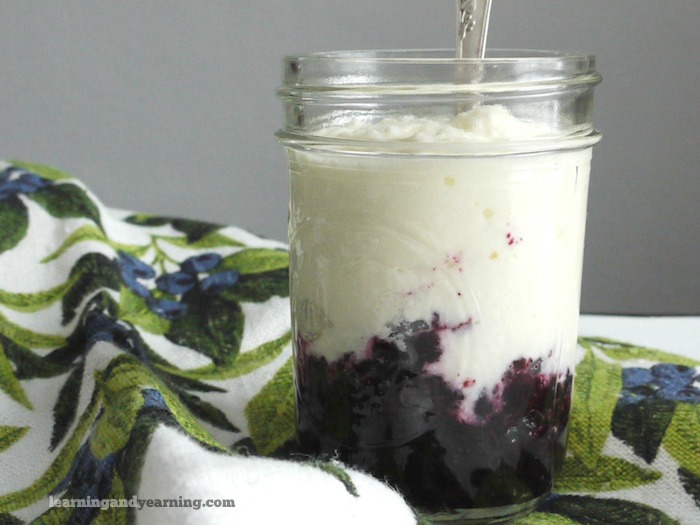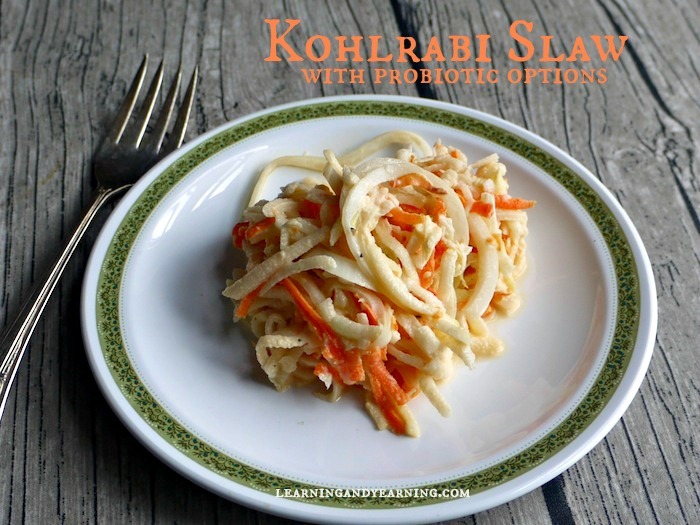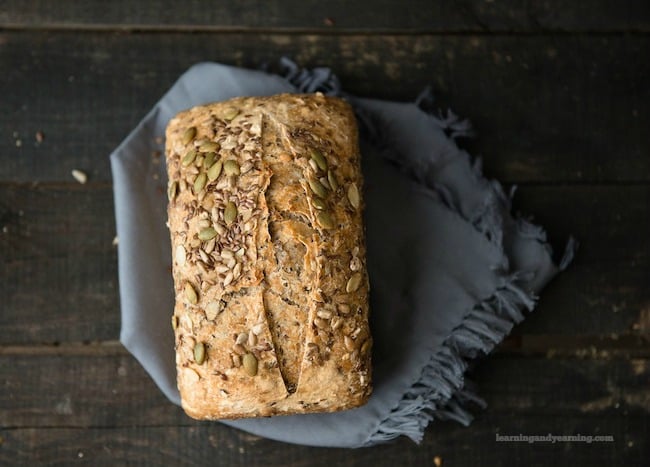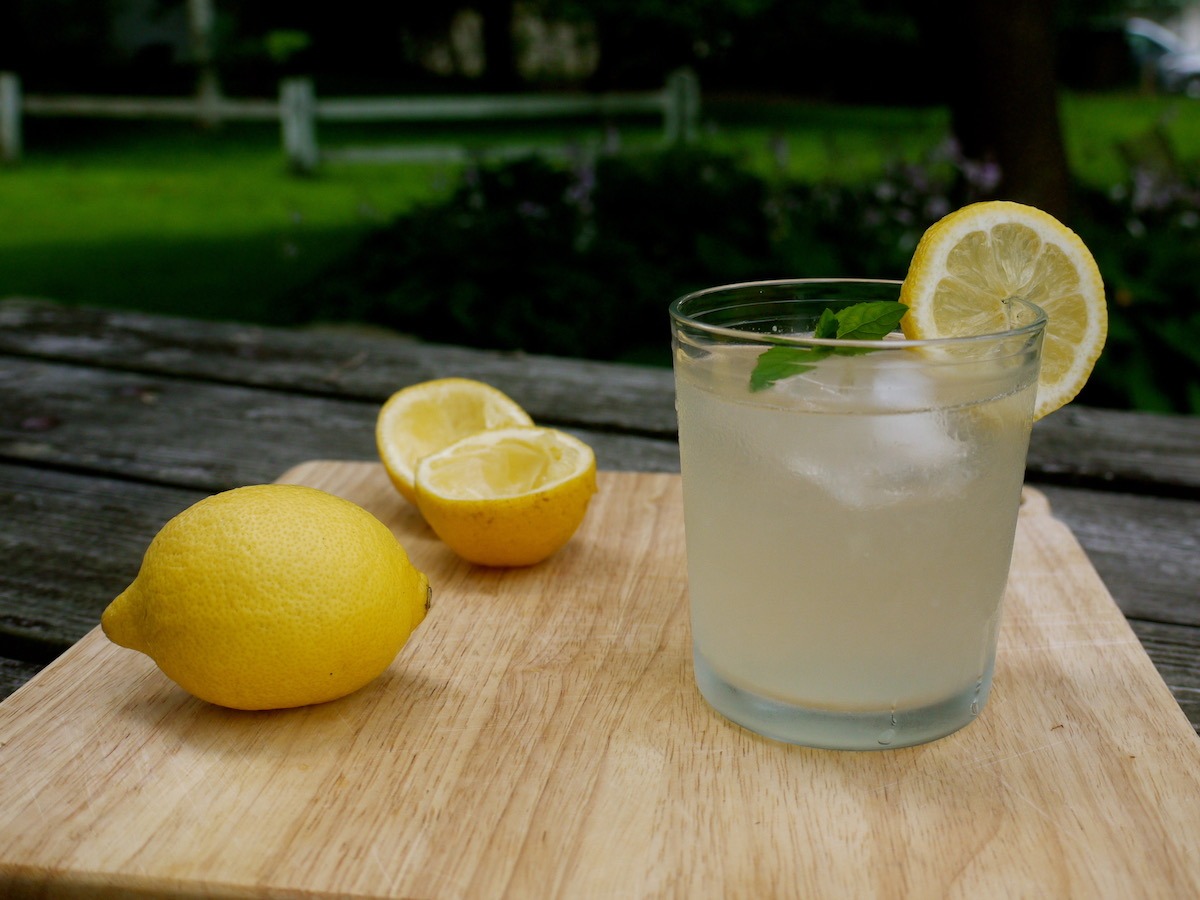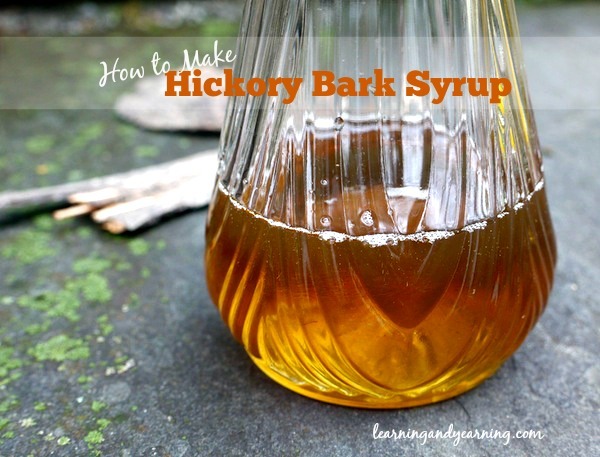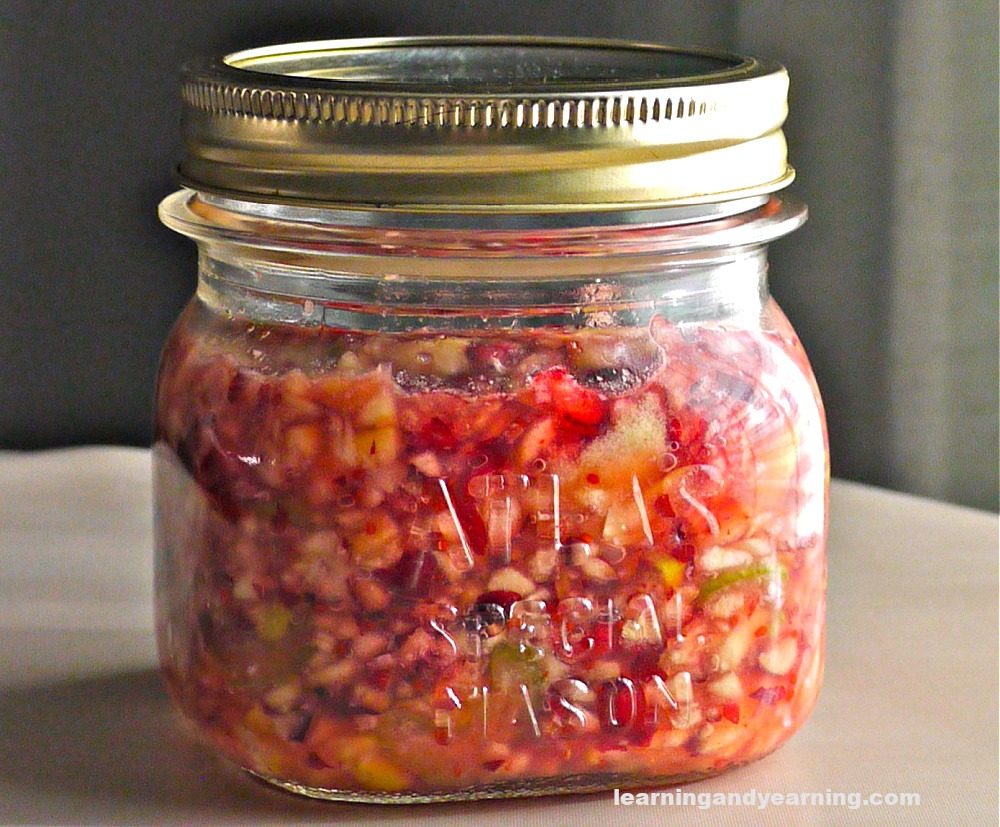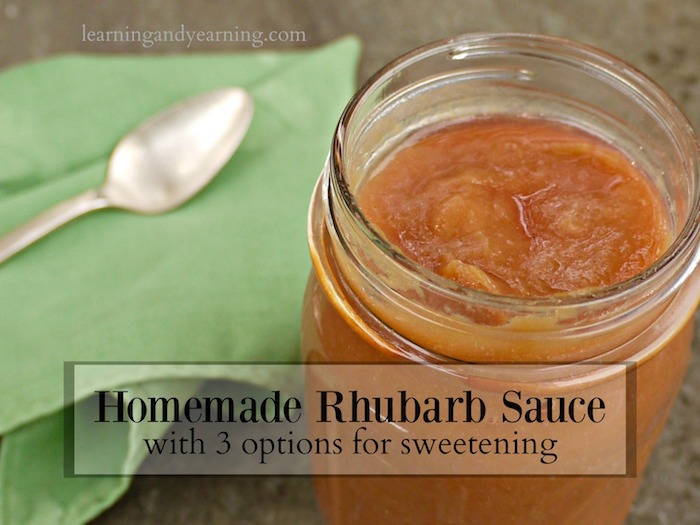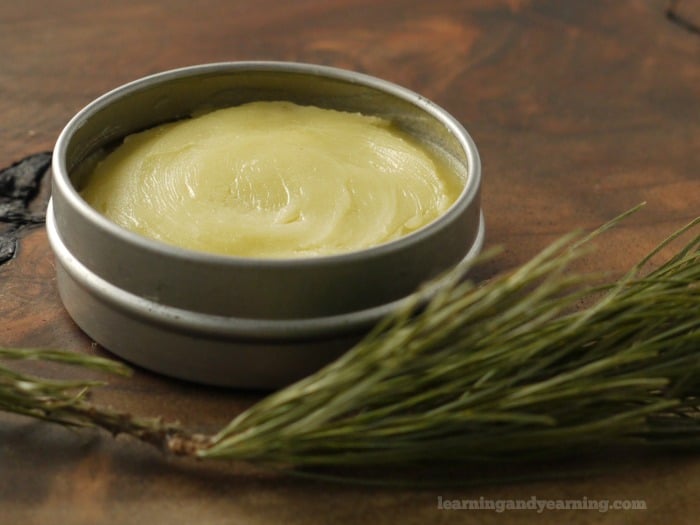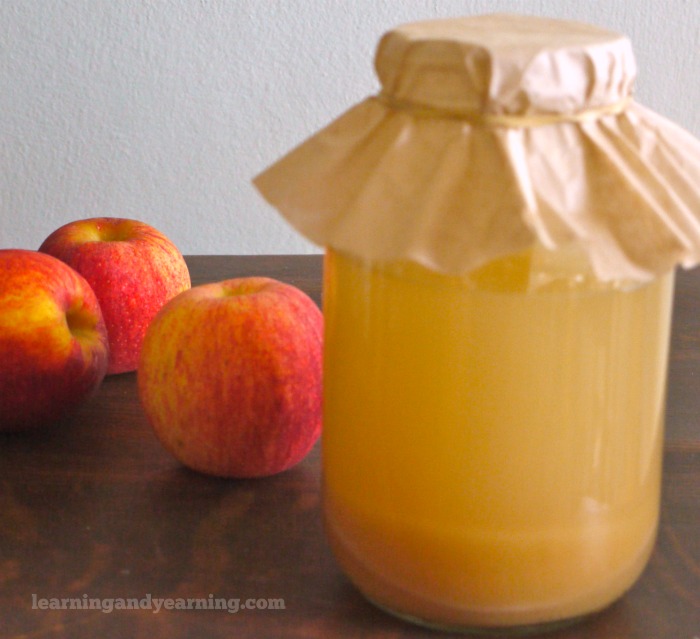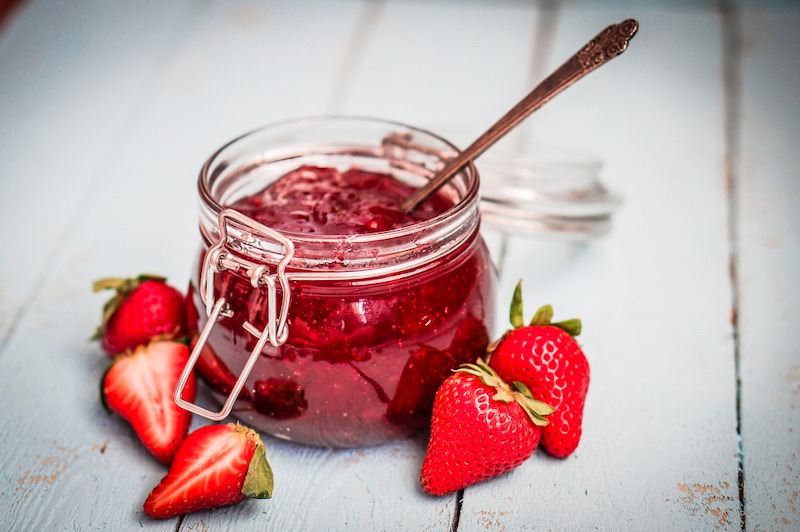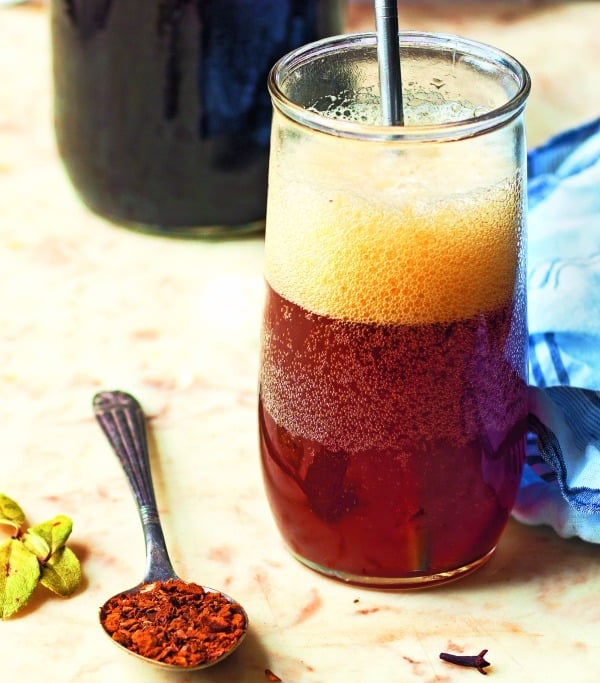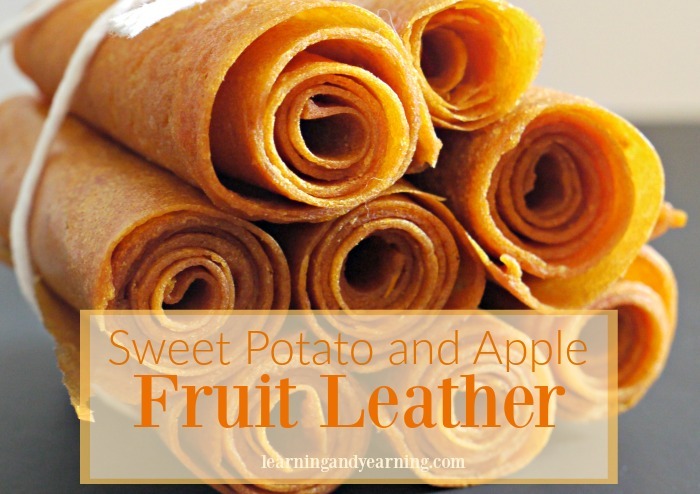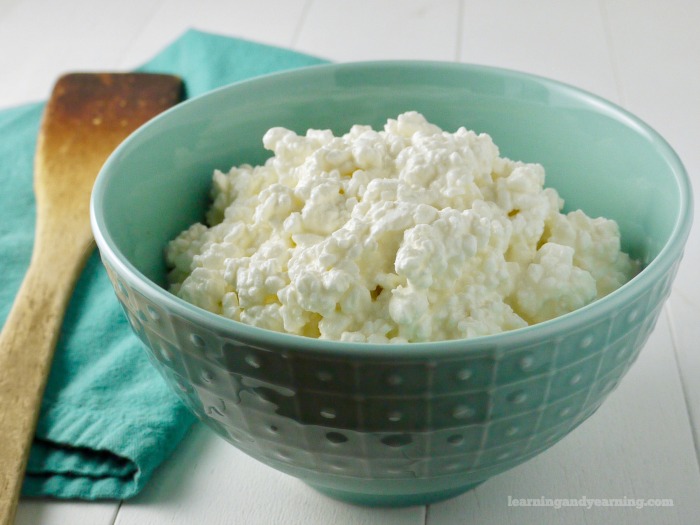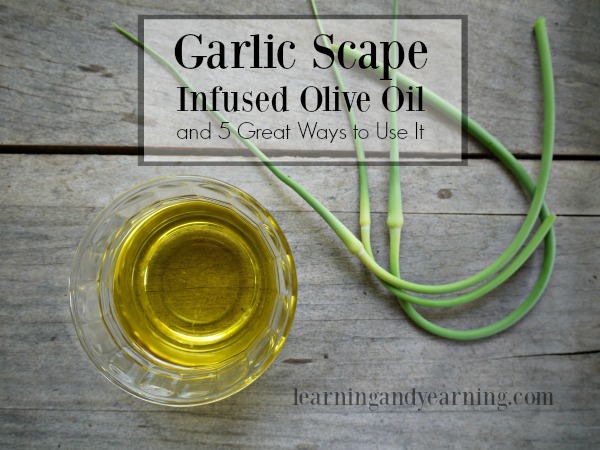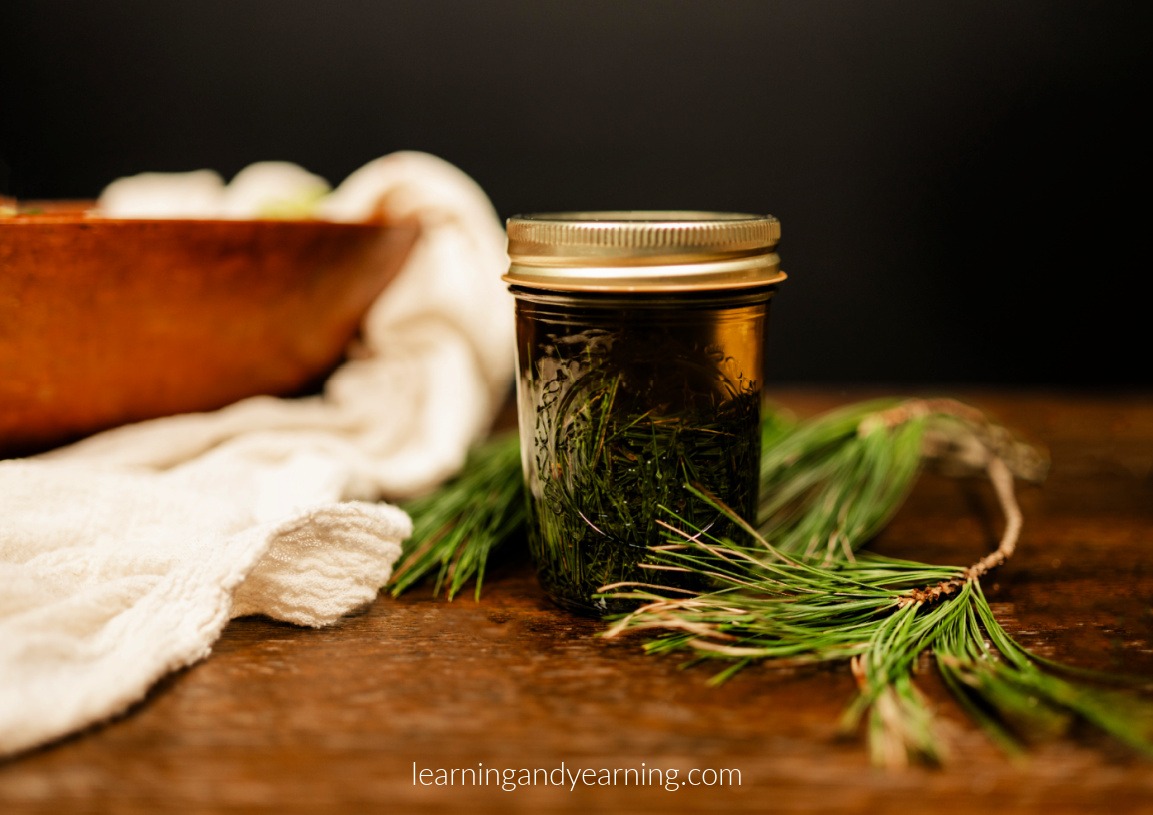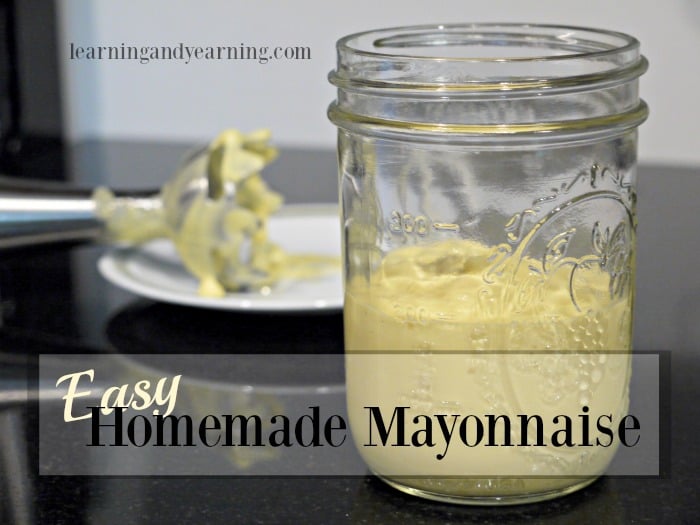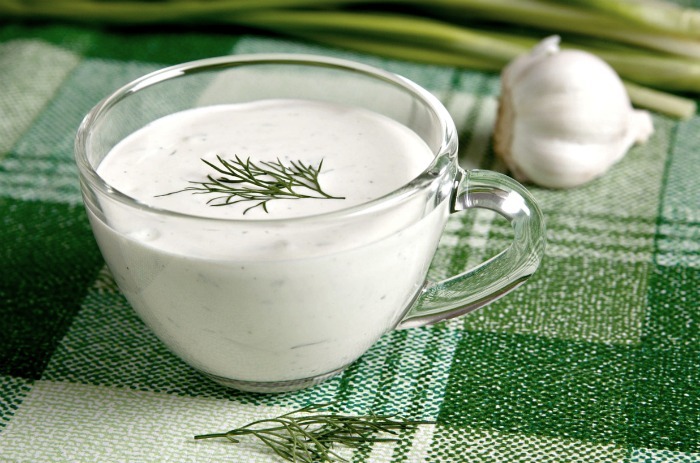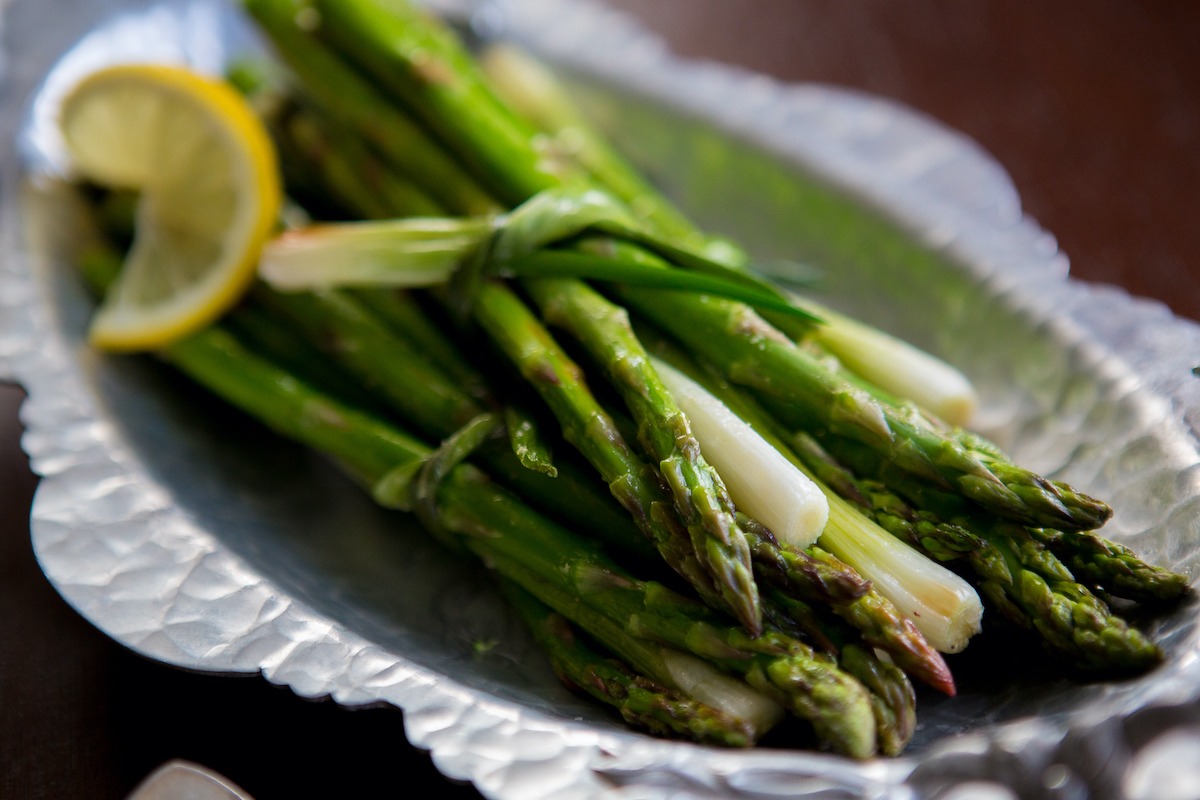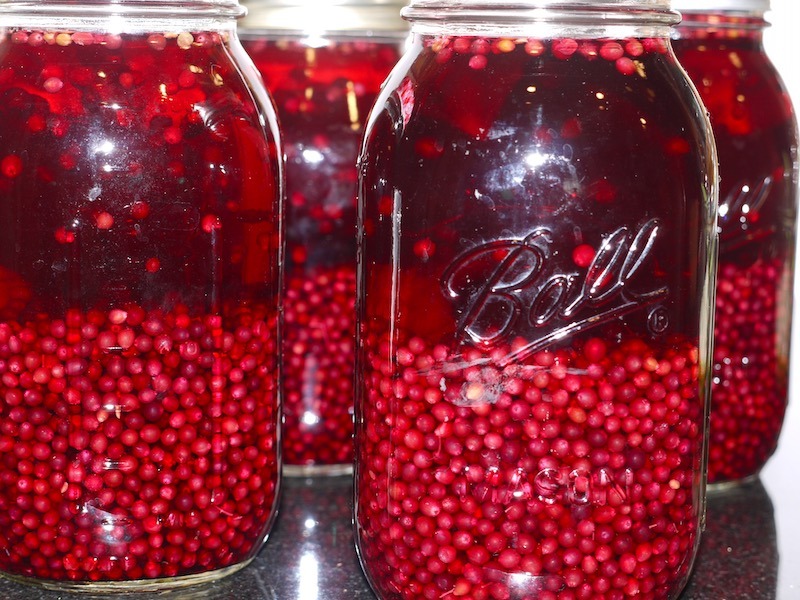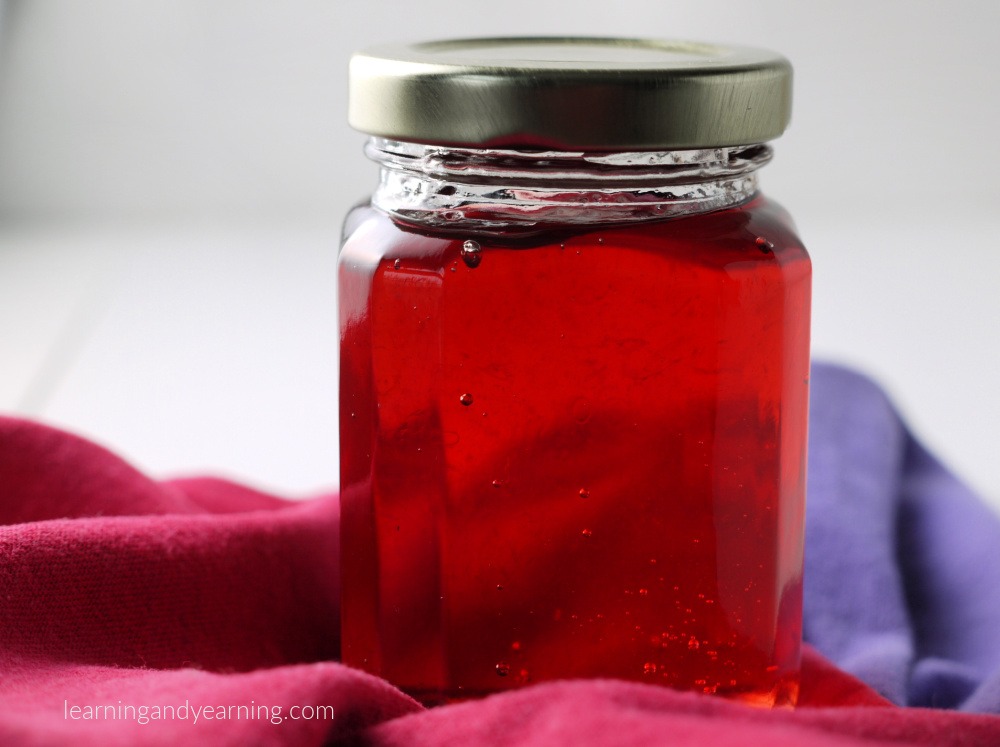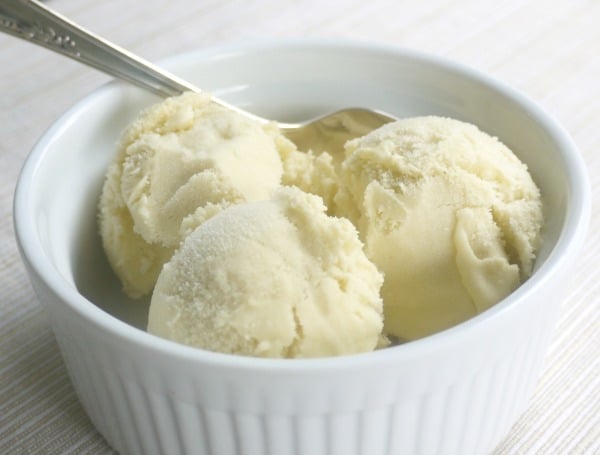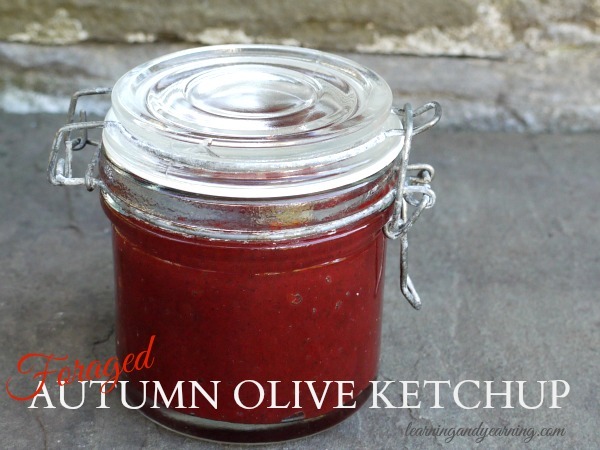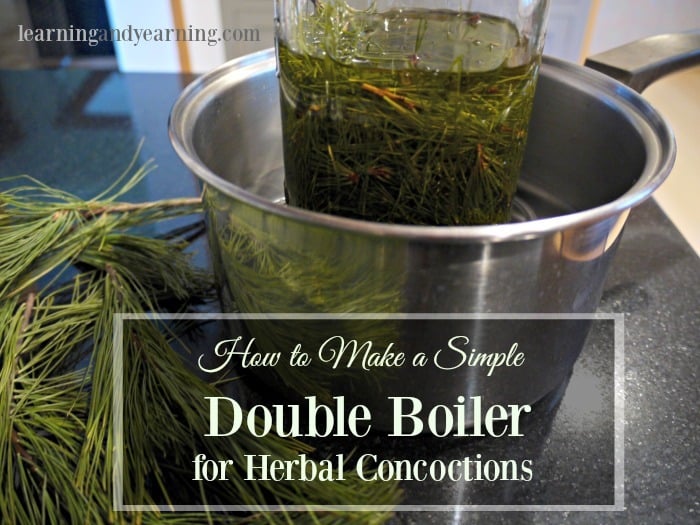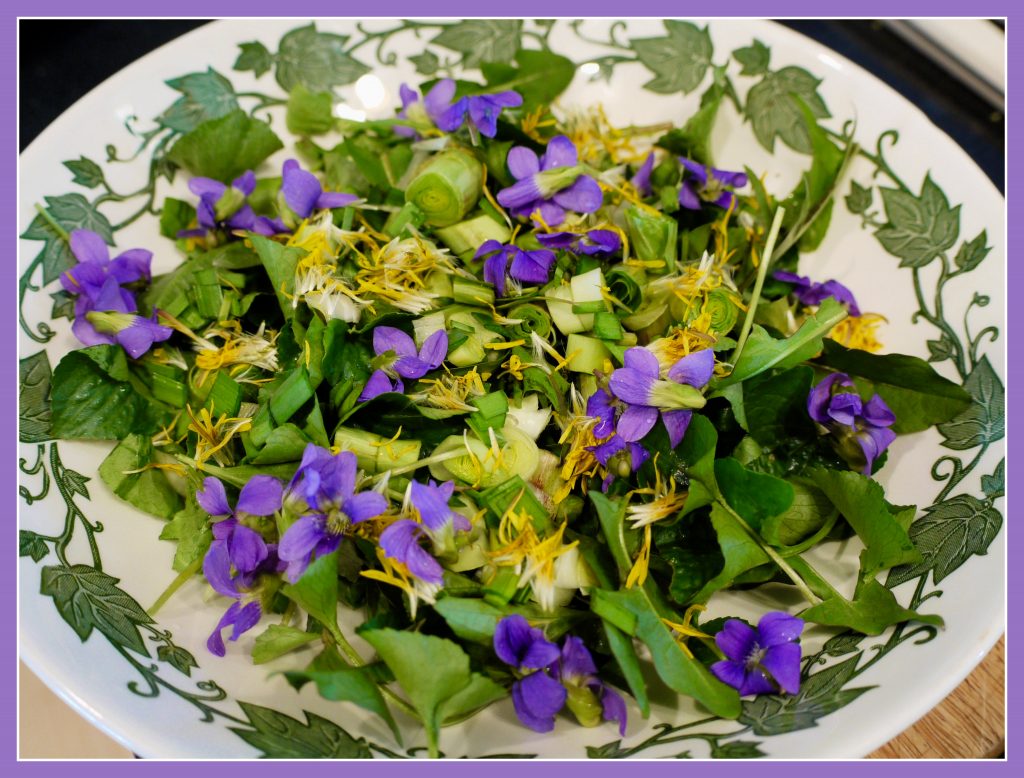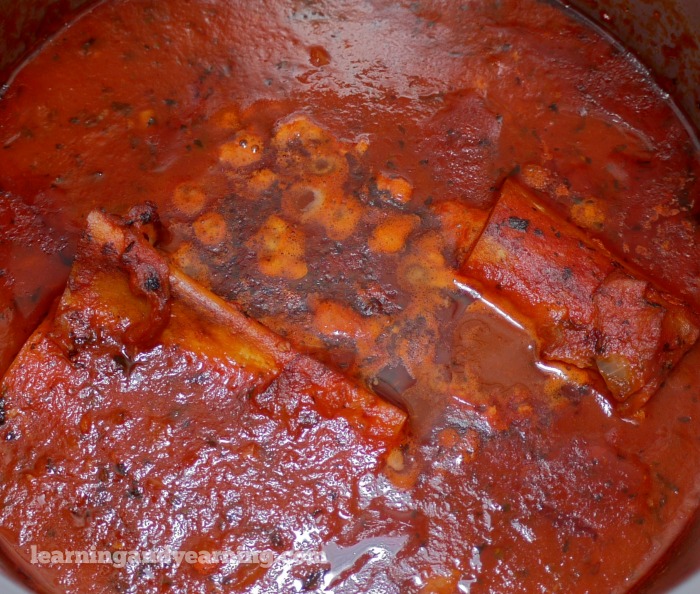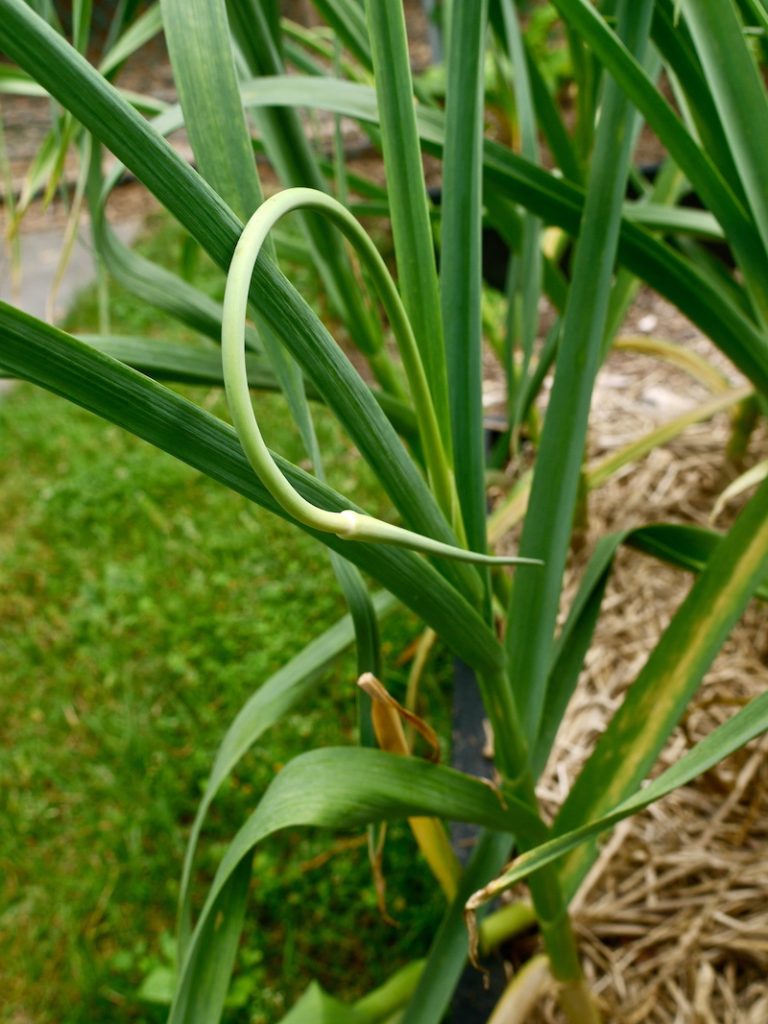Why Fermentation?
When you think of preserving the harvest do canning, freezing, and dehydrating come to mind? Have you wondered how our ancestors preserved food before the days of modern refrigeration and canning? One method they used was to preserve vegetables through lacto-fermentation in stoneware crocks.
When canning was found to be more shelf stable and easily shipped, lacto-fermentation fell by the wayside. So why would we even consider fermenting vegetables today? Canning preserves food by destroying bacteria that causes spoilage. In the process, many nutrients are also destroyed. Lacto-fermentation, on the other hand, preserves food by growing the good bacteria present on all vegetables–lactobacillus.
Salt is also used in the process. Harmful bacteria do not tolerate salt and are kept in check by the salt until good bacteria increase in number and take over the process of preserving the food.
Fermented vegetables contain lactobacilli which actually increase the vitamin content and make the vegetable more digestible. And in the process, not only are your vegetables preserved, your intestines benefit from the healthy flora.
Making Fermented Sauerkraut
To make sauerkraut, fresh cabbage is shredded and salted. After sitting for a while, allowing the salt to release some of the natural juices, a wooden kraut pounder or your hands are used to mash the cabbage.
To add flavor and variety, other ingredients may be added as well. I particularly love fresh grated ginger in my fermented sauerkraut.
Using great ingredients is the key to success. Beneficial bacteria is naturally present on cabbage and fresh vegetables, so you want your produce to be as fresh as possible. And pesticides can inhibit bacterial growth, so be sure your produce is grown without them.
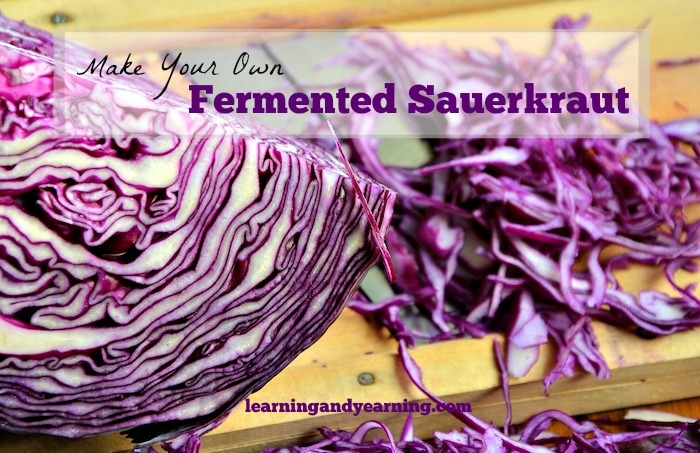
Ingredients
- 1 Medium head of cabbage white or red
- 1 tablespoon sea salt
- 1 tablespoon grated fresh ginger optional
Instructions
- Remove the outer leaves and core your cabbage. Save a few of the outer leaves.
- Slice the cabbage into long, thin strips. A mandolin works great for this.
- In a large bowl toss the sliced cabbage, the sea salt, and the ginger if you are using it. Allow to sit for 30 minutes to begin the process of releasing the juices.
- Using a kraut pounder or your hands, mix and pound the cabbage mixture until enough juices are formed to cover the cabbage.
- Tightly pack the cabbage into a Fido jar (more than one may be needed, depending on the size of your jars), or into a sauerkraut crock. Be sure the cabbage is completely submerged in the liquid.
- Wash the cabbage leaf you saved with non-chlorinated water and cover the cabbage with it. Place a fermentation weight on top to keep it submerged.
- Seal your jar, cover with a tea towel, and allow it to sit at room temperature for 3 - 4 weeks to ferment. A Fido jar will allow the gases to escape through the rubber seal without allowing oxygen into the jar.
- Refrigerate. The sauerkraut is now preserved and will keep for 6 months to a year.
Further Reading
For further reading and lots of recipes, I recommend: Nourishing Traditions by Sally Fallon, The Art of Fermentation by Sandor Katz, and Real Food Fermentation by Alex Lewin. These go into lots of detail and include sections on fermenting dairy, beverages, grains, and meats.
Other Great Lacto-Fermented Recipes and Tips:
Fermentation Weights: 10 Ideas for Keeping Your Ferments Submerged
Preserving Vegetables Through Fermentation: A Primer
Lacto-Fermented Cranberry Apple Relish
Homemade Lacto-Fermented Horseradish
Homemade Probiotic Honey Mustard
How to Ferment Store-Bought Condiments
